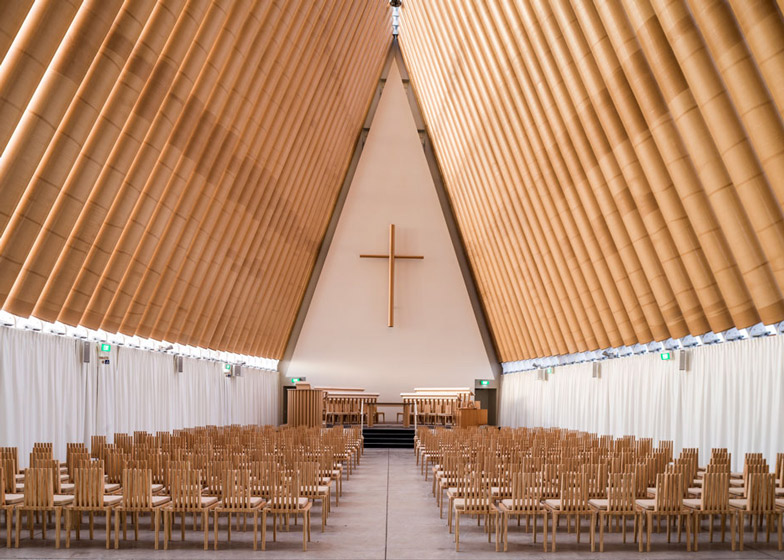With the almost obscene image included here headlining its post, Sourceable presents a longish article
Similarly, the degree to which roof choices might contribute to the urban heat island seems peculiarly prone to ignoring the very obvious information in aerial thermal imagery, the subject of my earlier post Are trees good for you?
So, forgive the disproportionate number of posts on roofs, and enjoy the rush of useful information. It was long overdue.
See:
Which Is Greener, White Roofs or Green Roofs?.
This latest look at roofs discusses a new report by the Lawrence Berkeley National Laboratory, which purports to say white roofs are the optimal choice, both economically and for cooling the globe. I realise now, that the release of the LBNL report must have been the trigger for the earlier articles on which I have commented recently on this blog.
To give credit to Sourceable, the piece by contributor Steve Hansen doesn't oversimplify the issues, and in particular gives space to the advantages of vegetated roofs beyond their impact on heat transfer.
This latest look at roofs discusses a new report by the Lawrence Berkeley National Laboratory, which purports to say white roofs are the optimal choice, both economically and for cooling the globe. I realise now, that the release of the LBNL report must have been the trigger for the earlier articles on which I have commented recently on this blog.
To give credit to Sourceable, the piece by contributor Steve Hansen doesn't oversimplify the issues, and in particular gives space to the advantages of vegetated roofs beyond their impact on heat transfer.
"Green roofs are also effective at reducing urban air pollution. According to the U.S. EPA report, Reducing Urban Heat Islands: Compendium of Strategies, a green roof can remove particulate matter (PM), nitrogen oxides (NOx), sulfur dioxide (SO2), carbon monoxide (CO), and ground level ozone (O3)."
But it is interesting that even otherwise robust reports from scientific and government agencies have to be read with the same caution as might be applied to the web's less well credentialed sources. That is what actually triggered my own posts. An example is the truly punchy part of the LBNL report. Trying to break out of the limitations of a narrowly economic analysis, the authors cite as an example the potential health implications of roof colour. I quote (albeit from the press release, not the paper):
"For example, black roofs pose a major health risk in cities that see high temperatures in the summer. “In Chicago’s July 1995 heat wave a major risk factor in mortality was living on the top floor of a building with a black roof,” Rosenfeld said. For that reason, he believes this latest study points out the importance of government policymaking. “White doesn’t win out over black by that much in economic terms, so government has a role to ban or phase out the use of black or dark roofs, at least in warm climates, because they pose a large negative health risk,” he said."
Similarly, the degree to which roof choices might contribute to the urban heat island seems peculiarly prone to ignoring the very obvious information in aerial thermal imagery, the subject of my earlier post Are trees good for you?
So, forgive the disproportionate number of posts on roofs, and enjoy the rush of useful information. It was long overdue.
See:
- U.S. EPA report Reducing Urban Heat Islands: Compendium of Strategies
- If you have access to a subscription to Science Direct, you can download a full text of the paper from LBL Economic Comparison of White, Green, and Black Flat Roofs In the United States here. Otherwise, go to the LBNL press release here.
- For balance, I need to include a link to the critique of the LBNL study by the EPDM Roofing Association. Download a copy here, but do check the cute file name!
Economic
Comparison of White, Green, and Black Flat Roofs In the United States, -
See more at:
http://sourceable.net/greener-white-roofs-green-roofs/#sthash.Wo5jkcpY.dpuf
Economic
Comparison of White, Green, and Black Flat Roofs In the United States, -
See more at:
http://sourceable.net/greener-white-roofs-green-roofs/#sthash.Wo5jkcpY.dpuf
Economic
Comparison of White, Green, and Black Flat Roofs In the United States, -
See more at:
http://sourceable.net/greener-white-roofs-green-roofs/#sthash.Wo5jkcpY.dpuf
Which Is Greener, White Roofs or Green Roofs?
Which Is Greener, White Roofs or Green Roofs?
Which Is Greener, White Roofs or Green Roofs?












